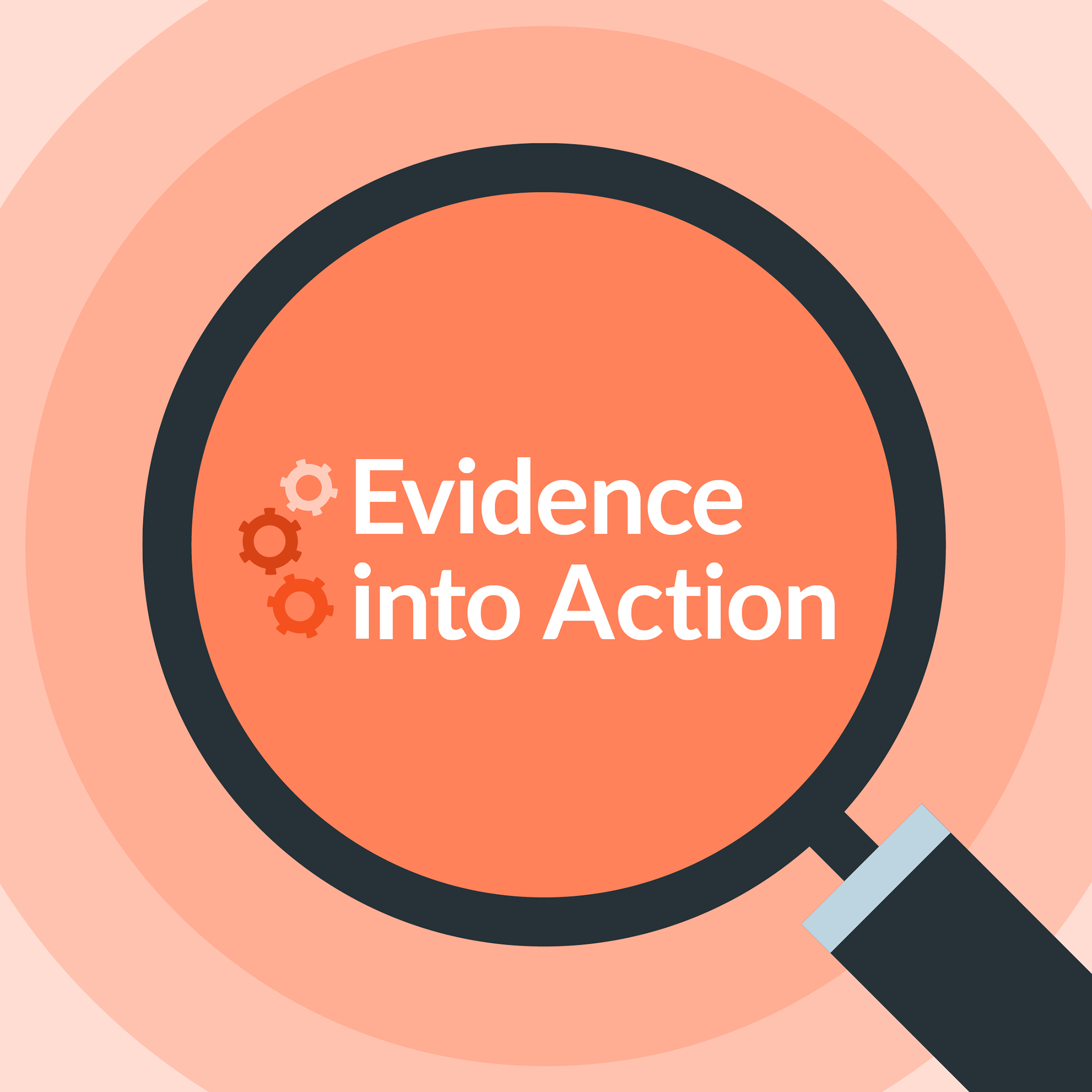
Blog -
Scaffolding to Support Working Memory Demands: Questions for Reflection
We share questions and resources to unpick the EEF’s Voices from the Classroom

Share on:

by Bradford Research School
on the
The EEF Teaching and Learning Toolkit has a number of strands which we might consider ‘high impact’, those strands with the highest rating for ‘additional months progress’. And that means that school leaders are more likely to adopt those practices or approaches. But before we jump on these as the solution to all of our problems, we need to be a little wary, and dig beneath the headlines. That’s why we are looking at some of these strands in an occasional series.
In this series we have previously looked at Metacognition and Homework. This time we focus on feedback.
This seems like an easy question, and the first paragraph of the summary is pretty clear:
Feedback is information given to the learner about the learner’s performance relative to learning goals or outcomes. It should aim to (and be capable of producing) improvement in students’ learning.
But then it gets complicated…
Feedback can be about output or outcome but also about the process. It can be about the individual, or their self-regulation. It can be verbal, written, digital, from a teacher or from a peer. Feedback can take many forms, be given by different people and be about different things. Feedback can be effective during, immediately after and some time after learning.
So, there are many ways to ‘do’ feedback. Although +6 months on average is pretty good, with such variation are there some approaches that yield more positive results.
Here is what the EEF write in the ‘behind the average’ section:
When you break down oral vs written feedback, oral comes out on top. (+7 vs +5)
These nuances are interesting, but there is still not a clear steer of our best approach. Let’s move to the ‘How could you implement in your setting?’ section.
According to the EEF, implementing feedback successfully will require:
All sound advice, but this isn’t going to tell us exactly what we should do. And this is probably why we should also look at the Teacher Feedback to Improve Pupil Learning guidance report, which dives even deeper into the evidence.
In his foreword to the guidance report, Dylan Wiliam, Emeritus Professor of Educational Assessment, Institute of Education, UCL, acknowledges the challenges of the evidence.
The existing research does not tell teachers how to guarantee the feedback they give their students will be effective, and probably never will; teaching is just far too complex for this ever to be likely. What this report does do, in my view, is to provide the best advice that we currently have on how teachers can spend their time in the ways that are most likely to benefit students.
Professor Becky Francis, Chief Executive of the Education Endowment Foundation, says in the introduction that we have focussed as a profession too much on the‘feedback methods see-saw’, the back-and-forth between whether written or verbal feedback is best. She goes on to say: ‘This guidance report aims to move beyond this ‘see-saw’ and focus on what really matters: the principles of good feedback rather than the written or verbal methods of feedback delivery.‘
And so we get to one of the main messages from the evidence: stick to certain principles and your feedback will be effective. These are the guiding principles that underpin every message in the guidance:
There are no easy answers, but at least there are clear guiding principles which we can use to inform our thinking.
Watch an explainer video about the toolkit and listen to the EEF’s Evidence into Education podcast below.


Blog -
We share questions and resources to unpick the EEF’s Voices from the Classroom

Blog -
Investing in Subject Knowledge has Multiple Benefits

Blog -
Success is an important factor in motivation – how do we reconcile that with desirable difficulty?
This website collects a number of cookies from its users for improving your overall experience of the site.Read more